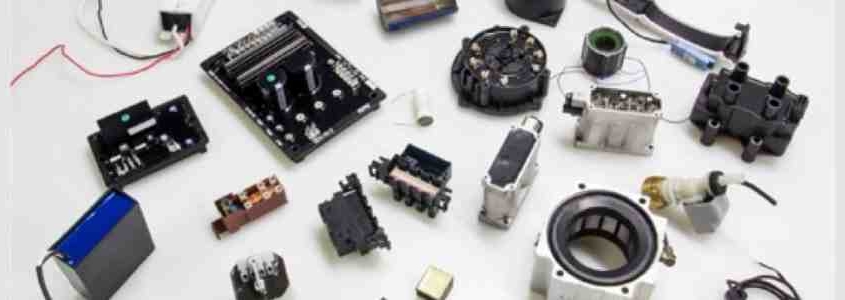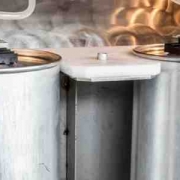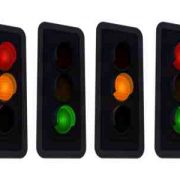How to choose the most suitable two-component resin polymer system with best cost–performance for electrical and electronic insulation process, ex the potting process – When you cover electronics with a polymer for protection to vibration and water?
We define two-component in relation to their nature, being composed of a piece of pure resin and a hardening agent, which helps in the transition from liquid to solid. The two components bind to each other at the time of mixing and allow the resin to solidify and reach the desired chemical and physical characteristics: the hardening process can be done cold or hot, depending on the used.
Using two-component today is one of the most effective methods to improve the properties and durability of electrical and electronic components. Epoxy and polyurethane resins, in particular, respond adequately to all the demands that this industry requires, guaranteeing excellent technical properties and competitive pricing. That is guarantee component protection against moisture, atmospheric and chemical agents, vibrations, shocks and dust. They can provide flame resistance, and ensure high thermal conductivity, favoring the process of cooling the workpiece.
CHOOSE THE BEST RESIN BASED ON COMPONENT CHARACTERISTICS
Hot curing epoxy resins are the best answer for high voltage applications (in this case, the curing agent is a modified anhydride), where, in addition to ensuring a high dielectric strength (breakdown voltage) simultaneously obtains an upper heat class. In fact, this type of resin can be dosed even at high temperatures, allowing easy penetration into the piece and simultaneous total air removal.
- Polyurethane resins are perfect for medium and low voltage applications and where components have delicate elements that can be damaged by other types of resins. In some cases, excellent mechanical stability results can be achieved even at very low temperatures (-50 0)• The nature of the polyurethane resins allows the polymerization times to be adjusted even at low temperatures in a very simple and effective way.
- Epoxy resins curing at room temperature still represent a universal response, which cover a wide range of applications in the electrical This type of resin combines at the same time excellent impregnating capacity, ease of use, less moisture sensitivity before use (during storage in drums) and guarantees excellent electrical, thermal and mechanical performance on any type of component. Specifically, a market requiring electric motors that work at higher temperatures, maximum levels of protection and restrictions on the use of volatile substances has led manufacturers to consider replacing polyester paints and resins with two-component epoxy resins.
To ensure the best yield, it is advisable to use it through the appropriate technologies, making the most of their final properties.
It is good to keep in mind that the electrical, mechanical, and thermal data provided for the resin generally refers to laboratory tests under optimum conditions: the resins are treated in vacuum conditions, with exact temperatures and software that can guarantee a perfect mixing.
In order to build an efficient process that can increase quality and reduce costs, it is important to use machines designed for the purpose. The combination of automatic dosing machine, material, process, and product design is important to achieve desired results and lowest production cost.
Mail PU Consulting AB for more information
Type of News: Services,
Keywords (Max. 5): resin, two-component resins, insulation process, potting, electrical and electronic









